The content of the article
One of the traditional methods of harvesting fruits and vegetables for long-term storage is their drying. Initially, it was conducted outdoors in the sun, or under a canopy in the shade - this method could not boast of high speed and high performance. Today, special electrical devices are used for this - infrared and convection dryers, which are widely used in everyday life and characterized by ease of use.
The purchase of such a device can significantly simplify the life of a summer resident and gardener who is looking for ways to efficiently process the crop with a minimum of costs and losses. With its help, you can dry large batches of mushrooms and herbs, vegetables and fruits at home, without too much trouble and in a short time, as well as make candy and fruit and cereal bars, cured meats and fish.
Convection dryers and their design
One of the two most common types of household dryers for vegetables, fruits and other products are convection-type dryers. Translated from Latin, the term "convection" means "movement", in this case, heated air in the interior of the device. The principle of operation of the device is based on blowing dried products with a hot air stream, the use of which allows for uniform and quick drying, with the same temperature at all points in the space of the working volume of the dryer.
The design of a convection dryer consists of the following elements:
- Electric power source.
- Impeller motor for air flow.
- Outer and inner casing.
- 3-6 perforated trays.
Trays can be covered with a plastic cover on top. The shape of the case of such devices, and, accordingly, the pallets used inside them, can be very different - round, rectangular, oval, polygonal. In simple classic rectangular models, the fan is located in the side or back, and in round and polygonal models it is located in the bottom, located directly under the trays.
You can also find convection dryers on sale, the design of which has an upper fan arrangement. Such a structure allows them to provide one hundred percent protection against accidental flooding of an electric motor by juice released from fruits or berries. Rectangular versions with side and rear fans are no worse protected against liquids. However, modern cylindrical models, in which the engine is located in the lower part, under pallets, are also perfectly protected from moisture.
The control in convection and any other models of fruit and vegetable dryers is carried out through the use of mechanical and electronic devices - depending on the specific model, it can be pens protruding from the case, touch buttons, keys, pressure-sensitive liquid crystal displays. Electronic options are more expensive than simple mechanical ones, but at the same time, they are more convenient to use, and also offer an expanded set of available functions, have the ability to fine-tune and stylish appearance.But, at the same time, they are much more difficult to repair - in the event of a breakdown, they can only cope with the problem, unlike the malfunction of simpler and cheaper mechanical counterparts, in the service.
Pros and cons of convection dryers
The main advantage of convection-type household dryers is the optimal ratio of price and practicality. A number of models contain several heating elements at once - two or more - this can significantly increase the efficiency and speed of their work, as well as facilitate the regulation of the temperature regime used. On the other hand, such devices are much more expensive, and their use is justified only if necessary to constantly process large volumes of products.
The advantage of round dryers is their more compact dimensions compared to rectangular options, as well as a more attractive and ergonomic design. Models of a traditional form are made of metal or food-grade plastic, and cylindrical versions are mainly made exclusively of plastic. The advantage of the metal is increased strength, the negative is the large mass and cost. Due to the considerable weight, transportation of a dryer with a metal case to or from the dacha can be carried out only in the car. Plastic cases are much lighter, cheaper and more mobile.
The most famous and undeniable drawback of convection dryers is the need to periodically swap the lower and upper perforated trays for models, the fan in which is located below or above, or to regularly pull out and insert the other side of the trays for models whose fan is located at the back or side. This minus is due to the nuances of the design, which does not allow to guarantee uniform drying of vegetables and fruits without the use of the above operations.
Infrared dryers and their design
This is a more modern solution, in comparison with classical convection models, in which the process of drying products is carried out not by blowing hot air, but due to exposure to infrared rays. Such processing is more efficient and thorough - drying of raw materials is carried out not only from the outside, but also from the inside. The design of the device consists of the following elements:
- One or more infrared emitters.
- Closed housing with control panel.
- Low pallets (baking sheets) for placement of products.
Each pallet is equipped with its own infrared element, as a result of which, such dryers cannot boast of an affordable price, which directly depends on the number of baking sheets - the more there are, the higher it is. As a rule, all such models have a timer-controlled automatic shutdown function, as well as a built-in thermostat that allows you to adjust the operating temperature in the range from 40 to 70 degrees.
Pros and cons of infrared dryers
The main advantage of such devices, thanks to which they have a serious advantage over classic convection models, is more gentle drying of vegetables, berries, fruits and other processed products. Infrared processing, in comparison with simple thermal, allows you to save a much larger amount of vitamins and other substances useful to the body. The main and very noticeable drawback of the equipment is its extremely high cost - it can exceed the price of convection-drying dryers by several times.
Dryer selection criteria
When buying a dryer for vegetables and fruits, you need to pay attention to a lot of nuances, so you do not regret your choice later.
- It is not recommended to buy the cheapest options for convection dryers equipped with heating elements, but at the same time to simplify the design, do not have an electric motor with a fan.Yes, they are extremely cheap, but such savings are combined with low efficiency of their use, which does not withstand any criticism. The fact is that the absence of airflow leads to the need to put low power heaters inside the device, the use of which increases the duration of the drying process by several times.
- As for the manufacturer - it is recommended to purchase products from trusted domestic and foreign brands with a good reputation, having previously read reviews and customer reviews. You should not be tempted by the low prices for dryers from unknown companies - it is quite possible that they used ordinary, rather than food grade plastic, which emits a pungent odor and a large amount of toxins that are harmful to the body when heated.
- Typically, the average capacity of the models of dryers on sale is in the region of about 350 watts. The actual performance of the device directly depends on the power of the device - for example, a dryer with a power of 200 watts will spend about twice as much time processing as an option with a power of 400 watts. It is also necessary to understand that only models with a capacity of 450 watts and above can cope with the performance of tasks such as drying thinly sliced meat and slaves.
- One of the important parameters for choosing a dryer is the depth of the tray. The lower the height of the walls of the pan, the faster the other baking sheets located above it will warm up. On the other hand, the deeper it is, the greater the volume of products that can be subjected to simultaneous drying. The specific option is selected depending on the upcoming conditions of use. For example, if you plan to dry mainly mushrooms, which are usually not cut into small pieces, then an optimal solution would be a device with deep pallets. But for drying medicinal herbs or green tea, trays with low sides are quite enough.
- When buying, you should give preference to models equipped with a built-in thermostat with the ability to smoothly adjust the temperature - devices with a fixed step adjustment of several values are less universal in application. A dryer with a step thermostat does not allow you to select any heating temperature for every taste, offering only a few preset values - for example, at 30, 50 and 70 degrees. If selected, make sure that the thermostat has at least 3 steps.
- Also, when buying a household dryer for vegetables and fruits, you need to consider where it will be used most of the time - in a city apartment or in a rural area (in a country house or in a private house). The likelihood of unexpected power outages and sudden power surges outside the city is much higher, so for a summer cottage, it is best to buy a dryer with mechanical control, since more advanced and modern models with LCD displays and electronic circuit boards in the conditions of unreliable operation of electric networks are much more likely to fail.
Video: how to choose a dryer for vegetables and fruits


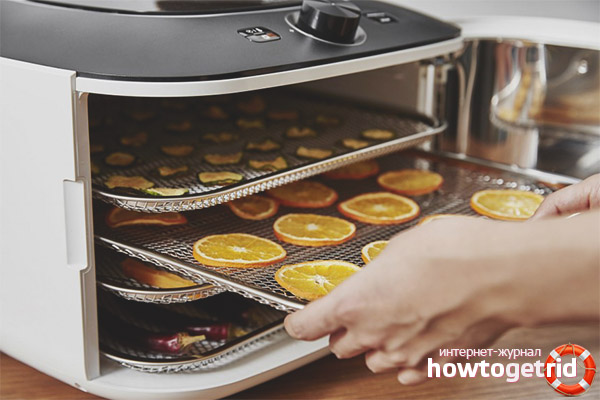

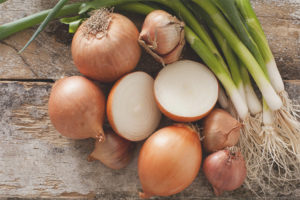
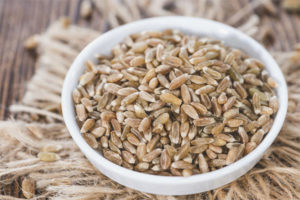
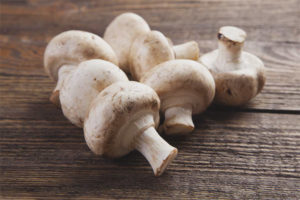
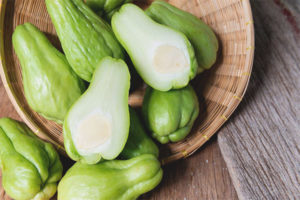
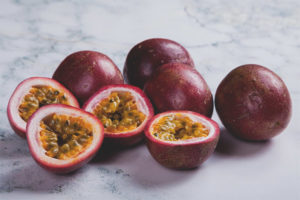
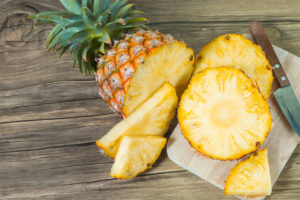

Submit